Nature’s universe comes alive at night with creatures that have adapted in the most incredible ways to thrive in the dark. From animals with night vision that would put any superhero to shame to others that have developed unique ways to communicate, nocturnal creatures are a testament to nature’s ingenuity.
1. Night Vision That Would Make Superheroes Jealous
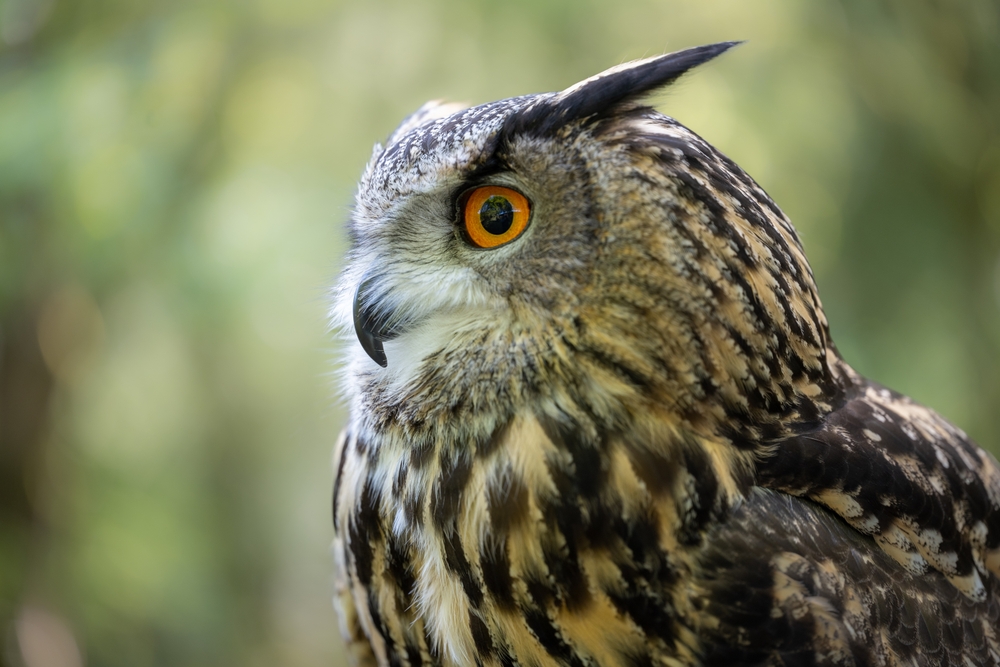
Imagine being able to see clearly in the pitch black! That’s exactly what many nocturnal creatures can do, thanks to their incredible eye adaptations. Animals like owls have a high density of rod cells in their eyes, allowing them to detect even the slightest bit of light and movement. This makes them exceptional hunters, swooping silently onto unsuspecting prey. Similarly, cats have a reflective layer behind their retinas, called the tapetum lucidum, which enhances their ability to see in low light by reflecting light that passes through the retina back into their eyes.
But it’s not just about hunting—these adaptations are vital for survival too. Nighttime is full of predators and prey playing a game of hide and seek, where seeing without being seen makes all the difference. Even tiny insects have picked up this trick; moths have evolved eyes that reduce glare from moonlight, making them harder for night hunters to spot. Isn’t it fascinating how these creatures have turned the cover of darkness into their own personal advantage?
2. The Art Of Silent Flying
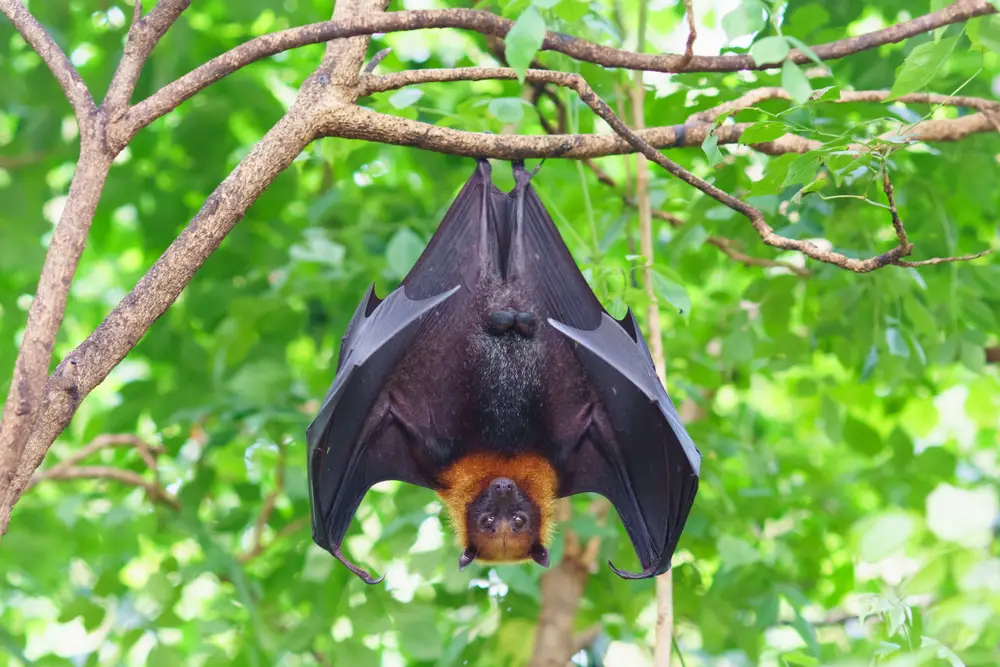
Ever notice how owls can swoop down silently to catch their prey? Their wings are designed with serrated edges that break up turbulence, reducing sound and allowing them to fly quietly. This adaptation is crucial for hunting creatures that rely on hearing to detect danger, like mice and other small mammals. According to HowStuffWorks, this stealthy flight is not just about catching dinner; it helps owls avoid detection by predators as well. Essentially, they’re the ninjas of the bird world, gliding through the night air without a whisper.
Bats have a different tactic—while they aren’t completely silent, they use echolocation to navigate and find food. This system sends out high-frequency sound waves that bounce back, painting an auditory map of their surroundings. By the time most creatures hear them coming, it’s already too late. These nighttime aviators have honed their skills to master the skies in ways that leave us humans in awe.
3. The Nocturnal Party Playlist
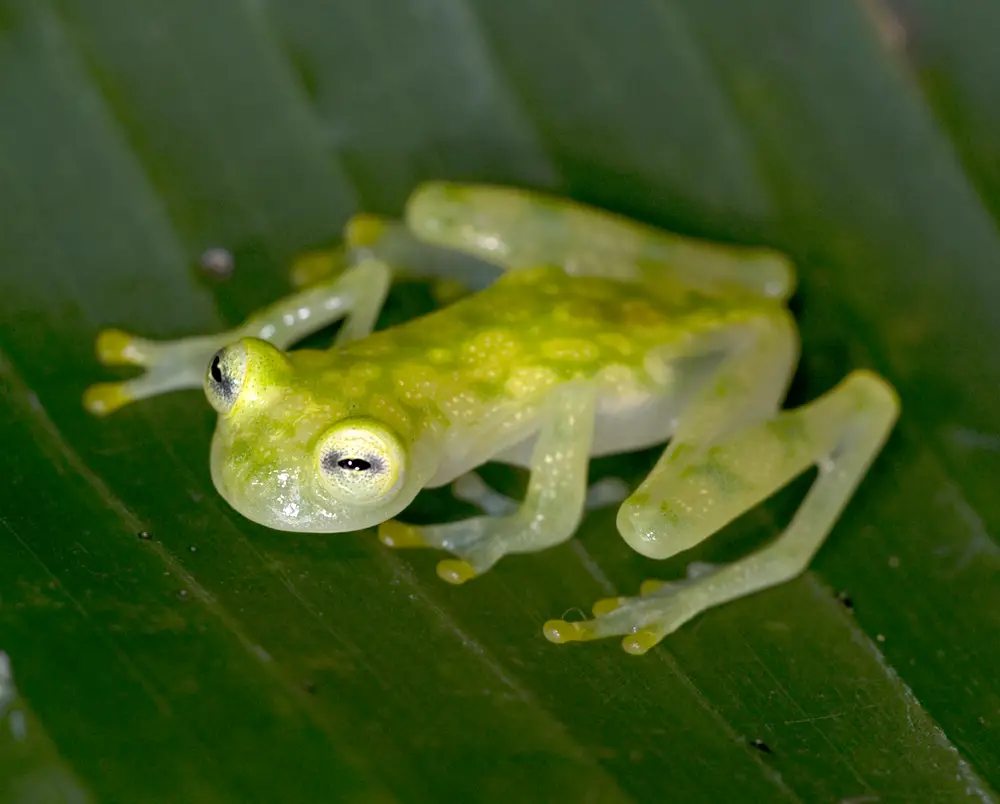
While we might not hear it, the night is filled with music. Frogs, crickets, and many nocturnal birds create a symphony of sounds that fill the dark. These calls can serve multiple purposes, from attracting mates to warning off rivals. As noted by Audubon, nocturnal creatures like frogs and crickets use their calls at night to attract mates and establish territory while avoiding daytime predators. The complexity and volume of these sounds often depend on environmental factors like temperature and humidity. So, it turns out that these creatures are not just crooning for fun—they have a very serious agenda.
But it isn’t just about romance; these calls are a survival tool. By vocalizing at night, these creatures avoid many daytime predators and competition. Night singing also helps them communicate over longer distances when background noise is reduced. So, whether it’s love or survival, these nighttime musicians ensure that the night is anything but silent.
4. The Glow-In-The-Dark Magic Show
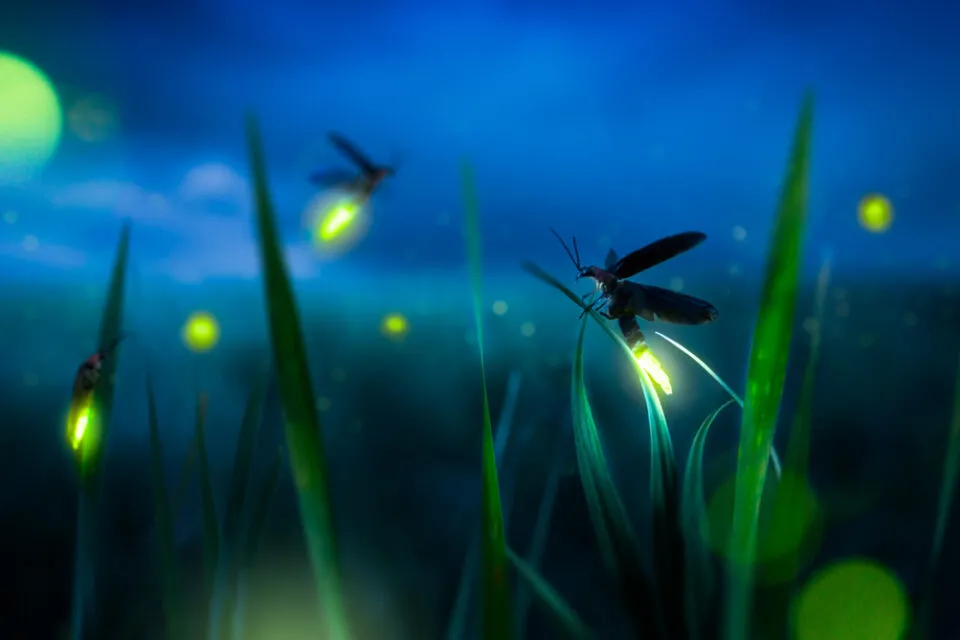
Bioluminescence might sound like something out of a fantasy novel, but it’s a real-life phenomenon for many nocturnal creatures. Fireflies, for instance, use their glow to attract mates. Their rhythmic light patterns communicate species-specific messages, ensuring they attract the right partner. Similarly, some deep-sea creatures emit light to lure prey or confuse predators. In the twinkling world of nocturnal life, being able to produce light is a powerful tool.
Beyond romance and hunting, bioluminescence can also be a form of camouflage. Creatures like the lanternfish use their glow to blend with the light filtering down from above, making them invisible to predators below. It’s a beautiful and effective way to hide in plain sight. So, next time you see a flicker in the dark, remember: it’s not magic, but nature’s clever use of light.
5. Bat’s Unique Use Of Sound Waves

Bats are often misunderstood creatures, but their use of echolocation is nothing short of genius. They emit sound waves that bounce off objects, allowing them to ‘see’ their surroundings with sound. This ability is particularly useful in complete darkness, where visual cues are absent. It’s like having a built-in sonar system, helping them navigate and hunt with incredible precision. Interestingly, the frequency of these sounds is often beyond human hearing, keeping their remarkable communication largely hidden from us.
This echolocation is not just for hunting but also essential for avoiding obstacles. Bats can fly swiftly through cluttered environments, dodging trees and other potential hazards with ease. This skill is so advanced that scientists study bats to improve human sonar and navigation technologies. Their sophisticated use of sound is a testament to the evolutionary marvels that the night nurtures.
6. The Mysterious World Of Nocturnal Predators
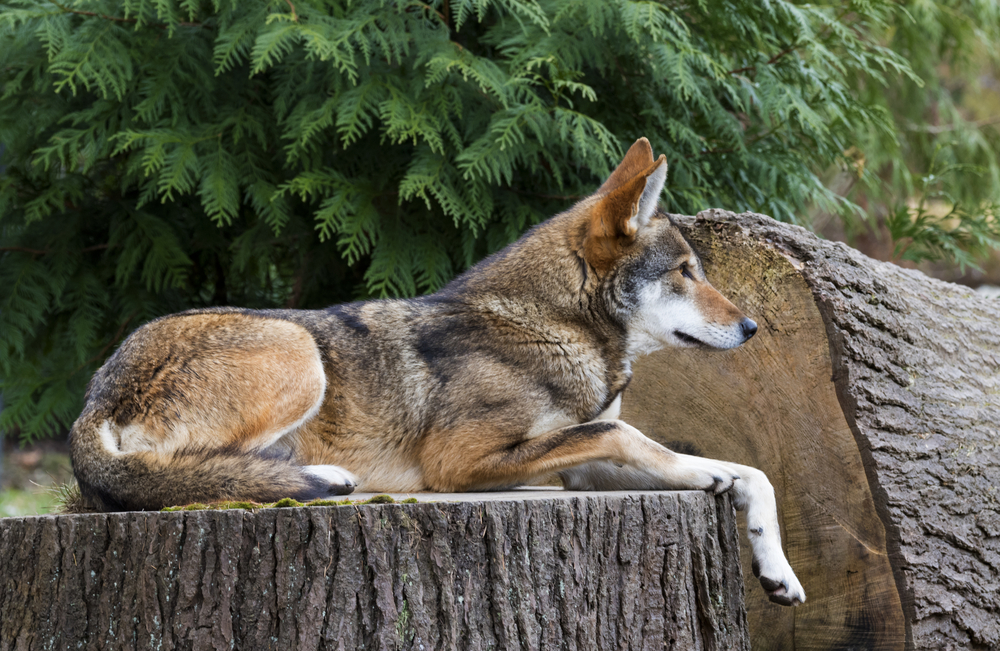
While the world sleeps, nocturnal predators are on the prowl, and their hunting tactics are as varied as they are fascinating. Some rely on stealth, like the big cats of the jungle whose padded feet allow them to move silently through the underbrush. Other predators, like certain species of owls, have incredible hearing that helps them pinpoint even the faintest rustle of a mouse in the grass. They can hunt with precision even when their prey is invisible to the naked eye, thanks to their keen sensory adaptations.
Not all nighttime hunters use brawn; some employ strategy. Wolves, for instance, hunt in packs during the night, using teamwork to outsmart larger prey. This cooperative hunting is highly effective, showcasing how social structures can enhance survival. Whether it’s through brute strength, stealth, or teamwork, nocturnal predators have evolved impressive methods to dominate the night.
7. The Social Lives Of Nocturnal Animals
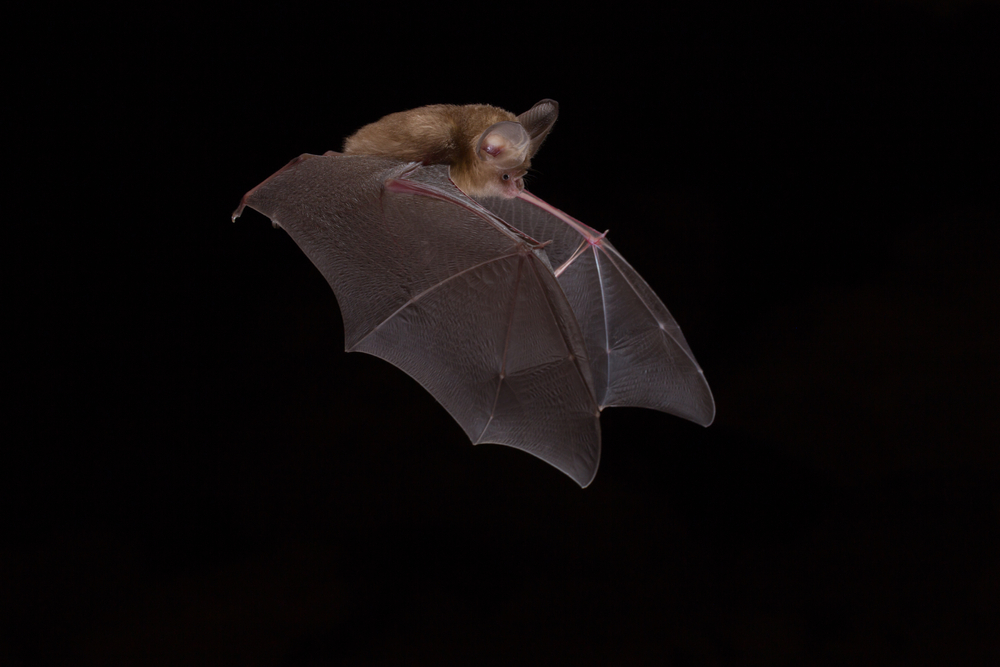
While some nocturnal creatures are solitary, others are surprisingly social and exhibit complex group dynamics. Take the example of bats, which often roost in large colonies. These gatherings are not just random; bats communicate and cooperate in ways that enhance their survival. They use vocalizations to identify family members, share food sources, and even warn of potential dangers. It’s a bustling world of interactions that unfolds while the rest of the world sleeps.
Similarly, many nocturnal mammals, like certain species of primates, form tight-knit family groups. These social bonds are crucial for raising young, protecting against predators, and finding food. Even under the cover of night, these creatures maintain a rich social structure that rivals many daytime animals. It’s a reminder that life at night is as vibrant and dynamic as any sunlit scene.
8. The Adaptations Of Nocturnal Herbivores
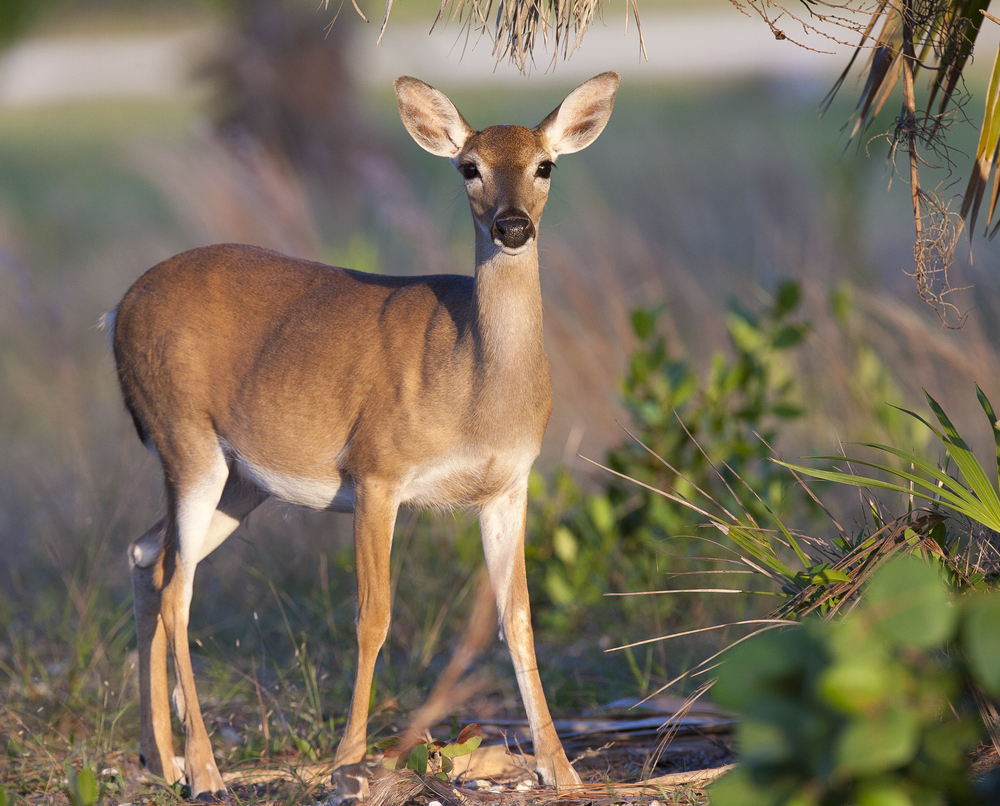
Not all nocturnal creatures are predators—some are gentle grazers of the night. Herbivores, like certain deer and rodents, have adapted to feeding under the moonlight to avoid daytime predators. Their large, sensitive eyes allow them to detect subtle changes in light, helping them navigate and find food. By foraging at night, they also avoid competition from other herbivores, ensuring they have access to the best feeding grounds.
These nighttime grazers have developed unique digestive systems to maximize nutrient absorption from the plants they consume. Their nocturnal habits mean they often consume more fibrous, less nutritious plants that require specialized adaptations to digest. This ability to thrive on low-quality food is a testament to their evolutionary success. So the next time you see a deer in your headlights, remember it’s part of a sophisticated survival strategy honed over millennia.
9. The Secret Communication Of Moths
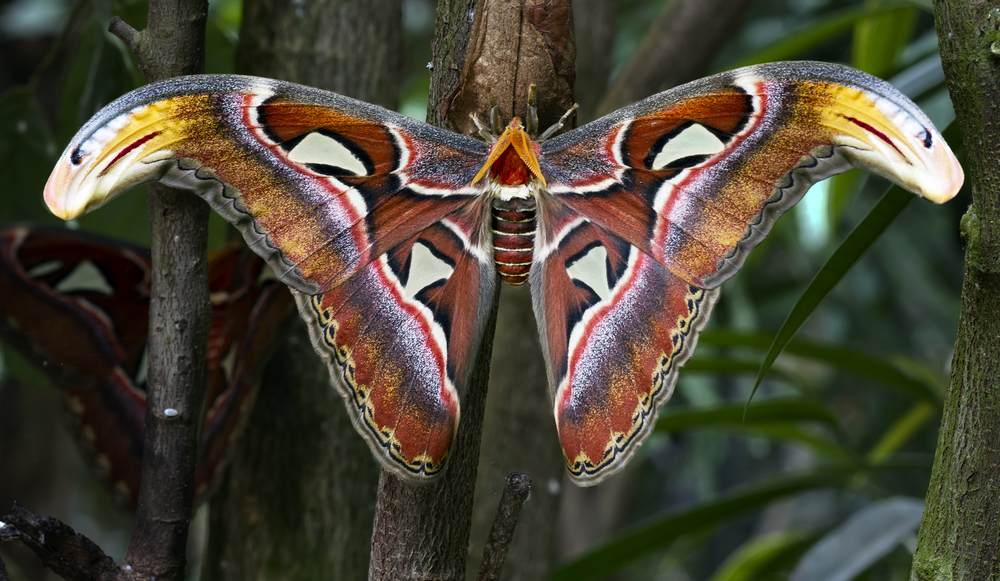
While butterflies get all the daytime glory, moths have carved out their own niche in the night. Many species of moths have developed the ability to communicate through pheromones, chemical signals that can travel long distances. These pheromones are usually used for mating, allowing males and females to find each other in the dark. It’s a silent language that plays a crucial role in their life cycle, ensuring the continuation of their species.
But moths’ communication doesn’t stop at pheromones; some can even hear the ultrasonic calls of hunting bats. They use this ability to evade predators, performing aerial maneuvers that would make any pilot proud. This dual use of chemical and auditory communication showcases how moths have adapted to survive and thrive in their nocturnal world.
10. The Nighttime Camouflage Experts
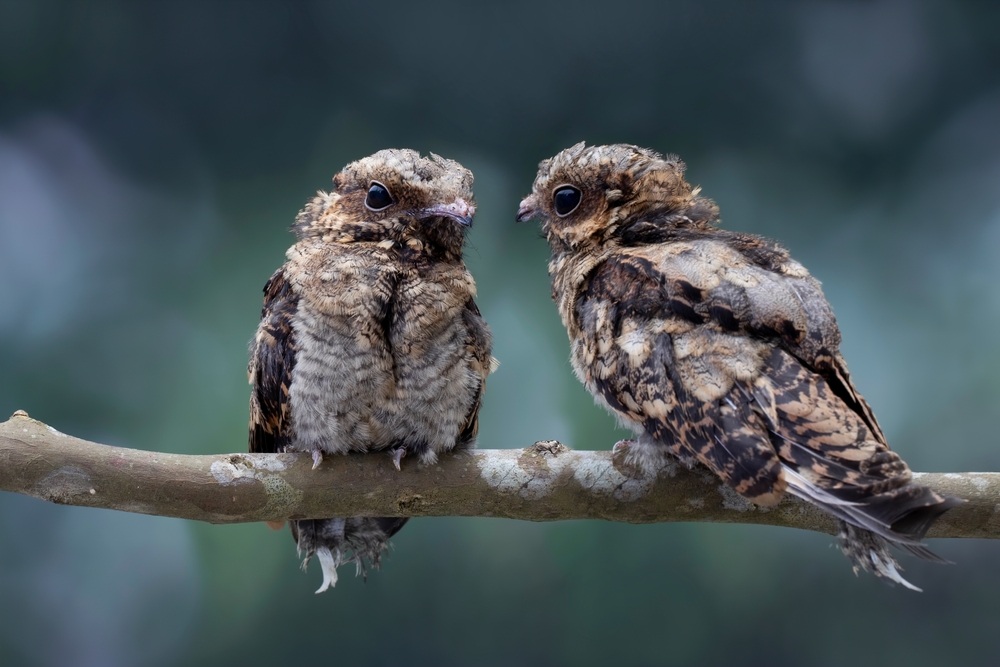
For many nocturnal creatures, avoiding detection is vital. Some animals, like the nightjar, have evolved incredible camouflage to blend in with their surroundings. Their mottled plumage mimics the forest floor, making them nearly invisible to predators. This skill is particularly useful during the day while they rest, conserving energy for their nighttime activities.
Even underwater, creatures like the octopus can change their skin color and texture to blend with the ocean floor. This ability not only helps in evading predators but also in ambushing prey. It’s nature’s version of the ultimate invisibility cloak, allowing these creatures to navigate the night unseen. Their mastery of disguise is a remarkable example of evolution’s creativity.
11. The Nighttime Gatherings Of Sea Creatures
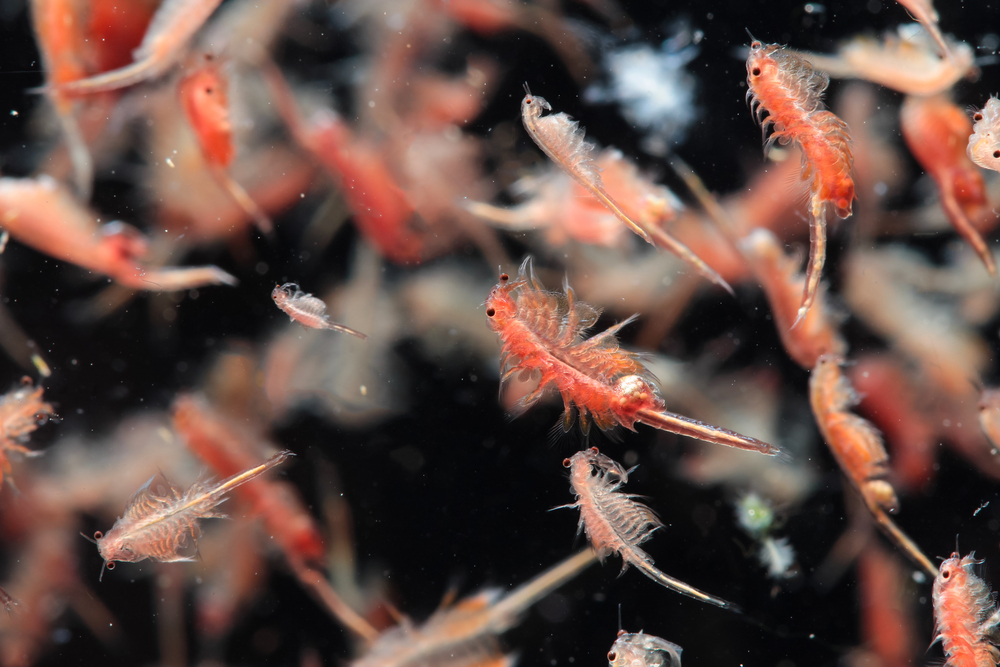
When we think of night, we often forget the vibrant life happening beneath the ocean waves. Many marine animals engage in a phenomenon known as diel vertical migration, the largest movement of biomass on Earth. At night, countless marine creatures, from tiny plankton to larger fish, move up from the depths to feed in the nutrient-rich waters near the surface. This mass movement is a spectacle of life, driven by the need to feed while avoiding predators.
These migrations are not just about survival; they play a crucial role in the ocean’s ecosystem. By moving nutrients from the deep to the surface, these creatures support the entire marine food web. This nightly ballet of ocean life ensures that the sea remains a dynamic and balanced ecosystem. It’s a reminder that the night is alive with activity far beyond what we can see.
12. The Fascinating Lives Of Nocturnal Insects
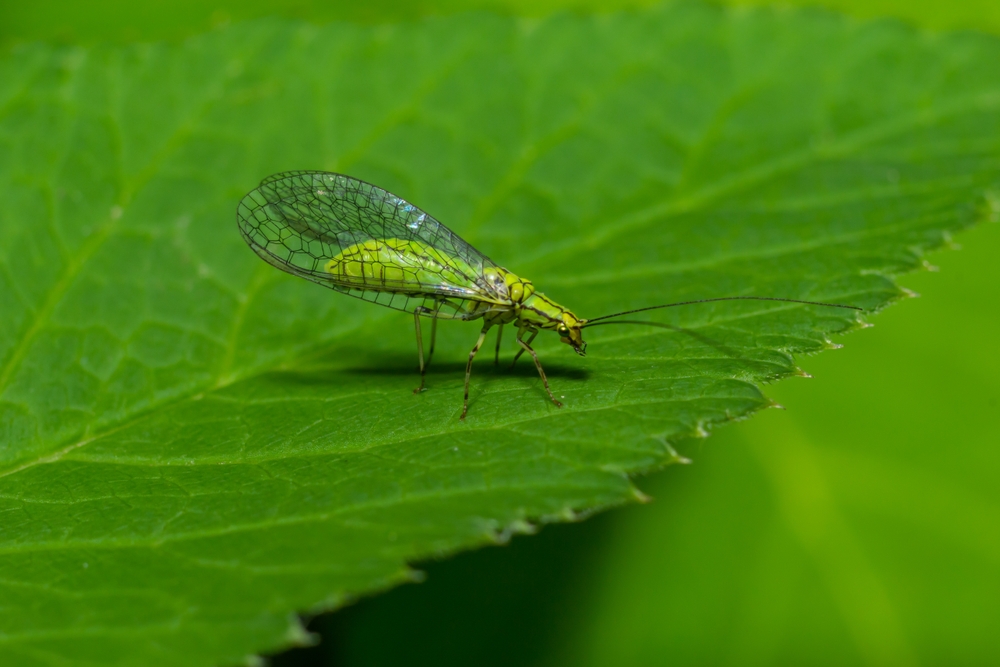
Insects make up a significant portion of nocturnal life, each with their unique adaptations for thriving in the dark. Take the lacewing, for example, whose larvae are voracious predators of aphids and other pests. These beneficial insects use their keen senses to hunt at night, keeping plant populations healthy and balanced. They’re the unsung heroes of the garden, working the night shift to keep ecosystems in check.
Another fascinating nocturnal insect is the glowworm, whose luminescence is used to attract prey. Their glowing bodies light up the night, drawing unsuspecting insects into their sticky traps. It’s a captivating yet deadly dance of light that showcases the diversity of strategies insects employ to survive. These tiny creatures remind us that even the smallest life forms have incredible stories to tell.
13. The Unseen Architects Of The Night
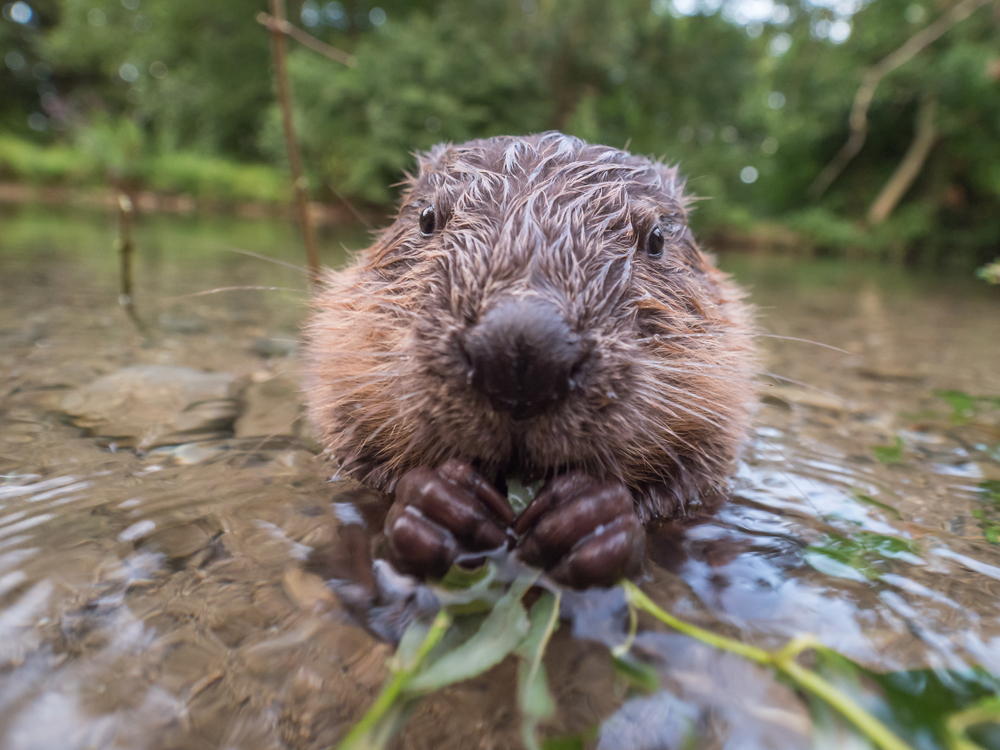
Some nocturnal creatures are builders, creating intricate structures that go unseen. Beavers, for instance, are primarily nocturnal and spend their nights constructing dams and lodges. These impressive feats of engineering create essential wetlands that support a diverse array of wildlife. Beavers’ nighttime activities have a profound impact on their ecosystems, demonstrating how one species can shape an entire landscape.
Ants are another nocturnal architect, some species of which construct complex underground colonies. These subterranean homes are marvels of engineering, designed to regulate temperature and humidity, protect against predators, and optimize food storage. Their tireless work goes on well into the night, ensuring the survival and success of their colony. These builders of the night highlight the industriousness and ingenuity of nature’s creatures.
14. The Mysterious World Of Nocturnal Pollinators
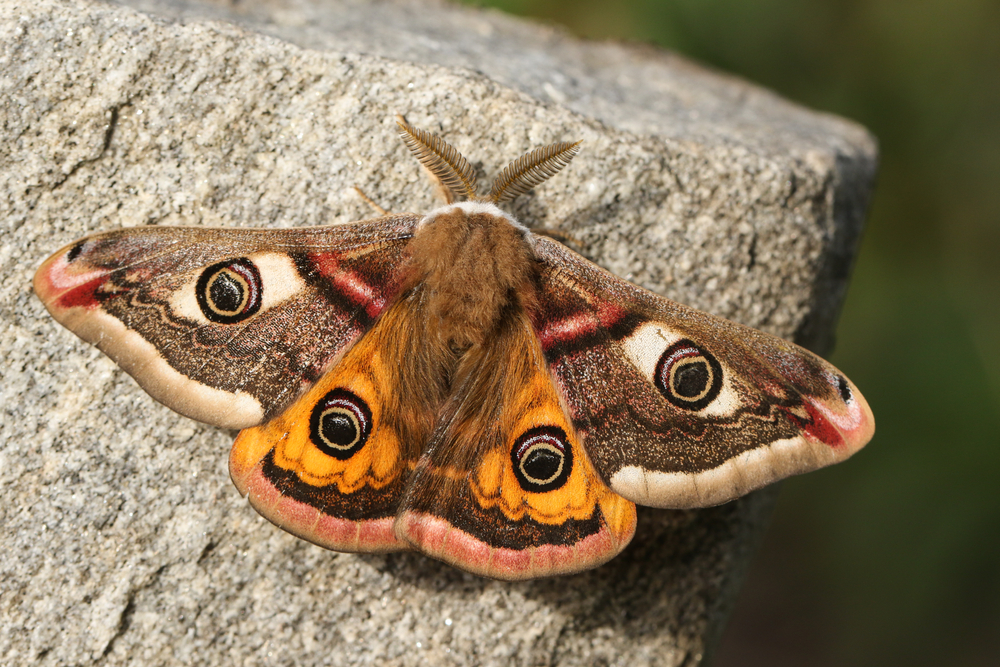
When we think of pollinators, bees often come to mind, but the night has its own unsung heroes. Nocturnal pollinators, like moths and bats, play a crucial role in the reproduction of many plant species. These creatures are attracted to flowers that bloom at night, relying on scent rather than sight to locate their sweet reward. The plants, in turn, have evolved to accommodate these nocturnal visitors, ensuring the continuation of their lineage.
This nighttime pollination is vital for the survival of many ecosystems. Without these creatures, a significant portion of plant life would struggle to reproduce, leading to a cascade of effects throughout the food web. These nighttime workers ensure the diversity and vitality of our natural world, reminding us that not all heroes are visible in the light of day.
15. The Enigmatic World Of Nighttime Migration
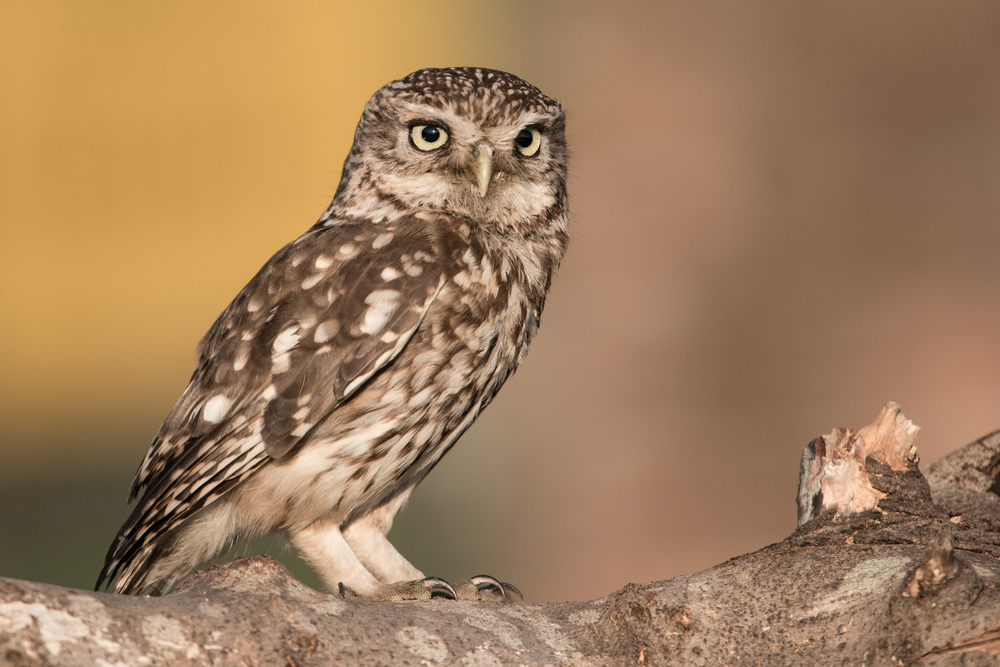
Migration is a well-known phenomenon among birds, but many species undertake their epic journeys under the cloak of night. This strategy offers several advantages, including cooler temperatures and reduced predation. Night-flying birds use the stars and the earth’s magnetic field to navigate, covering vast distances with incredible precision. These migratory routes are a testament to the resilience and adaptability of these avian travelers.
Some insects, like certain species of moths, also migrate at night, driven by changes in temperature and food availability. These journeys are often perilous, yet they demonstrate the remarkable capabilities of even the tiniest creatures. Nighttime migration is a fascinating aspect of animal behavior, showcasing how species have adapted to take advantage of every opportunity nature offers. These nocturnal travelers remind us of the vast, interconnected web of life that spans the globe.
